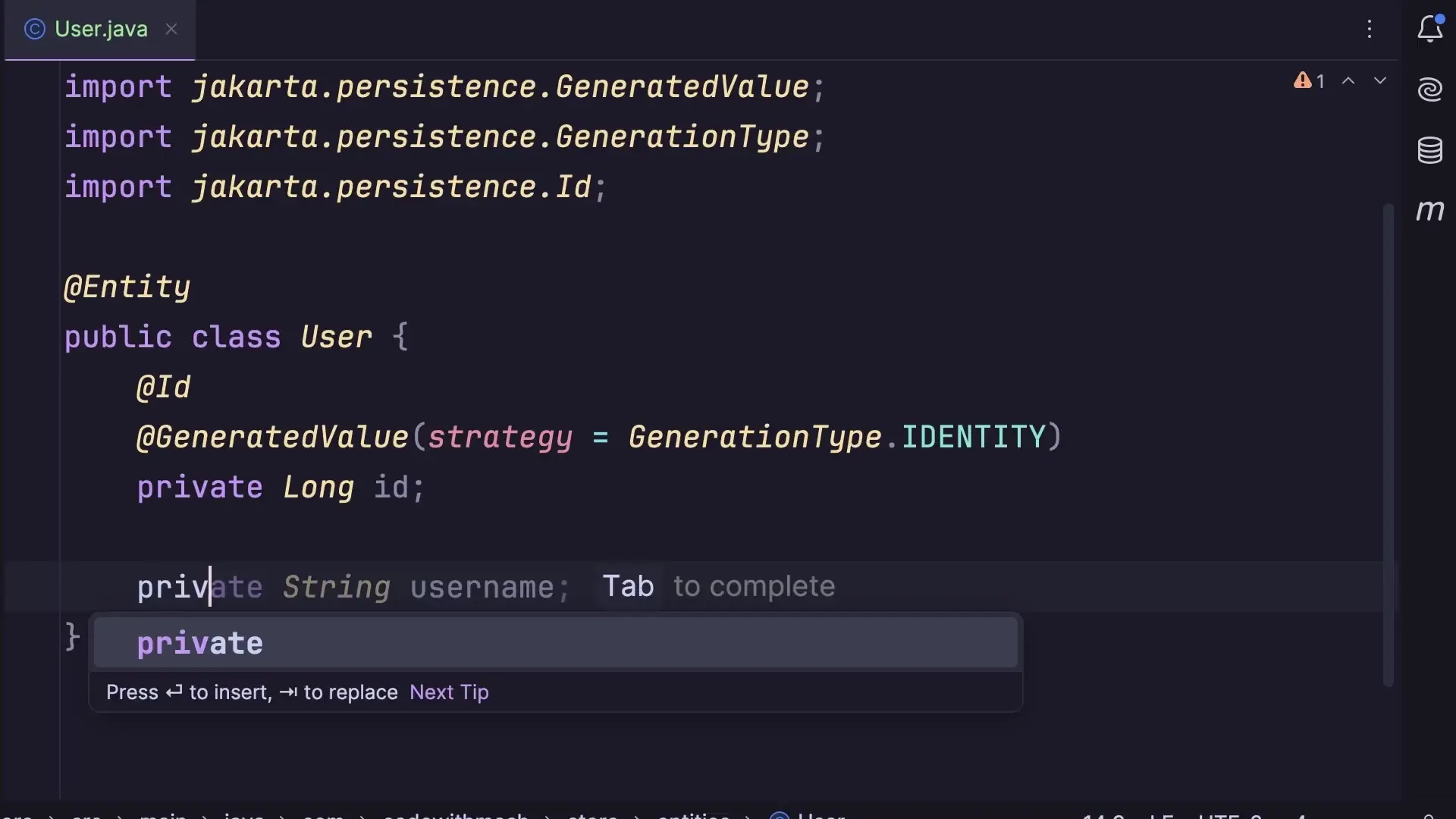
Spring Boot has established itself as the definitive framework for building modern Java applications, making it one of the most valuable skills you can add to your developer toolkit. With companies actively seeking Spring Boot developers and offering impressive compensation packages ranging from $160,000 to $300,000 annually according to industry data, the investment in learning this technology is clearly worthwhile for career advancement.

Why Spring Boot Is Essential for Java Developers
For many developers, especially beginners, Spring Boot can initially seem overwhelming. Its comprehensive feature set and extensive capabilities can create a steep learning curve. However, understanding Spring Boot is crucial for several compelling reasons:
- Industry standard for enterprise Java development
- Significant reduction in boilerplate code compared to traditional Spring
- Built-in solutions for common development challenges
- Exceptional integration capabilities with various databases and services
- Strong community support and extensive documentation
- High demand in the job market with premium compensation
Core Components of Spring Boot You Need to Master
A structured approach to learning Spring Boot should focus on mastering two fundamental aspects that form the backbone of most Spring Boot applications: dependency injection and database integration with Spring Data JPA. These components are essential building blocks that enable the development of robust, scalable applications.
Dependency Injection: The Heart of Spring
Dependency Injection (DI) is the core design pattern that powers Spring applications. It allows objects to define their dependencies without having to construct them, significantly improving code modularity, testability, and maintenance. Spring Boot enhances this further with auto-configuration and sensible defaults.
- Understanding Spring beans and their lifecycle
- Working with different injection types (constructor, setter, field)
- Using annotations like @Autowired, @Component, @Service, and @Repository
- Creating custom configuration classes with @Configuration
- Managing bean scopes effectively (singleton, prototype, etc.)
Database Integration with Spring Data JPA
Spring Boot's seamless database integration through Spring Data JPA dramatically simplifies data access operations. This abstraction layer eliminates most of the boilerplate code associated with JDBC operations while providing powerful query capabilities.

When working with Spring Data JPA, you'll need to understand:
- Entity mapping and relationship management
- Repository interfaces and their capabilities
- Custom query methods using method naming conventions
- Using JPQL and native SQL when needed
- Transaction management with @Transactional
- Integration with Hibernate as the underlying ORM
// Example of a simple Spring Data JPA repository
@Repository
public interface UserRepository extends JpaRepository<User, Long> {
// Custom finder method - Spring generates the implementation
List<User> findByEmailContaining(String emailFragment);
// Custom query with JPQL
@Query("SELECT u FROM User u WHERE u.status = :status AND u.createdDate > :date")
List<User> findActiveUsersCreatedAfter(@Param("status") String status, @Param("date") LocalDate date);
}Beyond the Basics: Advanced Spring Boot Concepts
While dependency injection and database integration form the foundation, a comprehensive understanding of Spring Boot requires diving into more advanced topics that many courses either gloss over or skip entirely.
- Spring Boot Actuator for application monitoring and management
- Custom auto-configuration for your own libraries
- Testing strategies including slices and MockMvc
- Spring profiles for environment-specific configurations
- Integration with messaging systems like Kafka or RabbitMQ
- Building RESTful APIs with proper error handling and validation
- Security implementation with Spring Security

Practical Learning: The Key to Spring Boot Mastery
The most effective way to learn Spring Boot is through hands-on practice with real-world examples and exercises. Theoretical knowledge is important, but applying concepts to solve actual problems solidifies understanding and builds confidence. Consider these learning approaches:
- Build a complete application from scratch, implementing user management, authentication, and basic CRUD operations
- Refactor an existing application to use Spring Boot best practices
- Create microservices that communicate with each other using Spring Cloud
- Implement proper error handling and validation for a REST API
- Set up comprehensive testing including unit, integration, and end-to-end tests
Spring Boot 3 and Spring 6: What's New for Developers
The latest versions of Spring Boot (3.x) and Spring Framework (6.x) bring significant improvements and new features that modern Java developers should be familiar with:
- Java 17 baseline with support for the latest language features
- Native compilation support via GraalVM for reduced startup times and memory footprint
- Improved observability with Micrometer and Prometheus integration
- Jakarta EE 9+ alignment (javax to jakarta namespace migration)
- Enhanced security features and vulnerability protection
- Improved AOT (Ahead-of-Time) processing for better performance
// Example of a Spring Boot 3 REST controller with modern practices
@RestController
@RequestMapping("/api/users")
public class UserController {
private final UserService userService;
// Constructor injection (preferred in Spring Boot 3)
public UserController(UserService userService) {
this.userService = userService;
}
@GetMapping
public List<UserDTO> getAllUsers() {
return userService.findAllUsers();
}
@PostMapping
@ResponseStatus(HttpStatus.CREATED)
public UserDTO createUser(@Valid @RequestBody UserCreateRequest request) {
return userService.createUser(request);
}
}Resources for Learning Spring Boot
To master Spring Boot effectively, consider these learning resources:
- Structured online courses that cover both fundamentals and advanced topics
- Official Spring documentation and guides at spring.io
- Spring Boot sample applications on GitHub
- Books like "Spring Boot in Action" or "Learning Spring Boot 3.0"
- Community forums such as Stack Overflow and Spring community discussions
- YouTube tutorials for visual learners
- Hands-on workshops and coding exercises
Career Opportunities with Spring Boot Skills
Proficiency in Spring Boot opens numerous career opportunities in the Java ecosystem. Companies across various industries seek developers with these skills for roles such as:
- Java Backend Developer
- Full Stack Java Developer
- Spring Boot Specialist
- Java Architect
- DevOps Engineer (with Java focus)
- Microservices Developer
- API Developer
With salaries ranging from $160,000 to $300,000 depending on experience and location, Spring Boot expertise represents one of the most financially rewarding specializations in the Java development world.
Conclusion: Your Spring Boot Learning Journey
Learning Spring Boot is a significant but highly rewarding investment in your development career. By focusing on core concepts like dependency injection and database integration with Spring Data JPA, then gradually expanding to more advanced topics, you can systematically build your expertise. The key is consistent practice with real-world applications and examples that reinforce theoretical knowledge with practical experience.
Whether you're just starting your Java development journey or looking to upgrade your existing skills, Spring Boot offers a clear path to becoming a more valuable and in-demand developer in today's competitive job market. Start your learning journey today, and you'll be well-positioned for the exciting opportunities this technology continues to create.
Let's Watch!
Master Spring Boot 3: The $300K Developer Skill You Need in 2024
Ready to enhance your neural network?
Access our quantum knowledge cores and upgrade your programming abilities.
Initialize Training Sequence